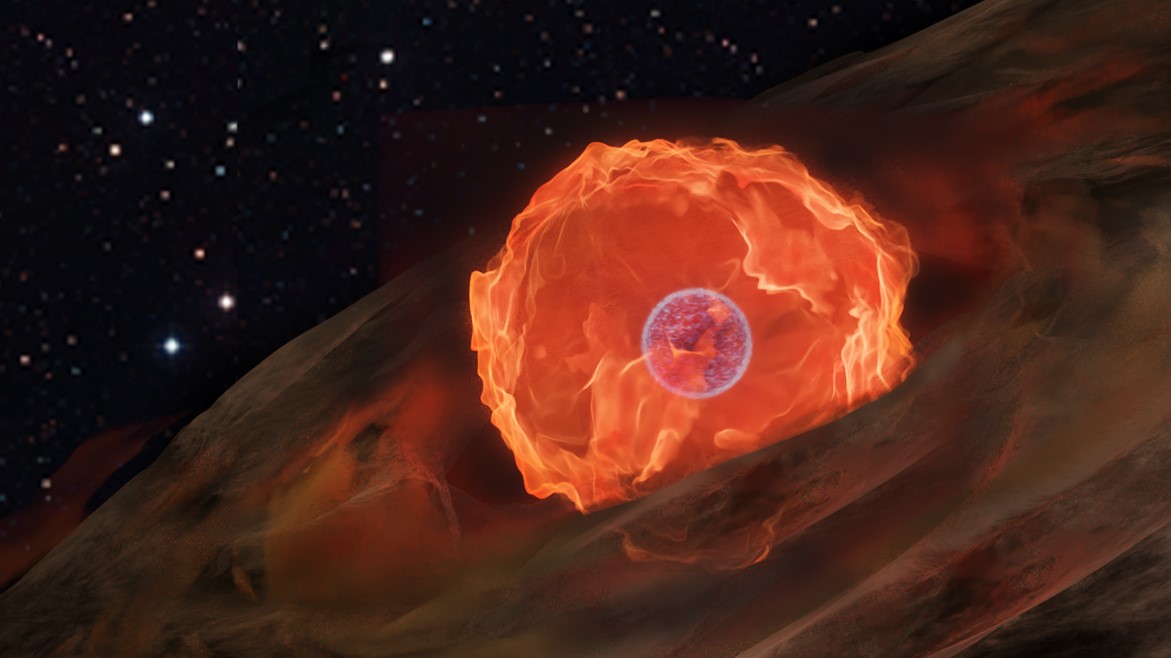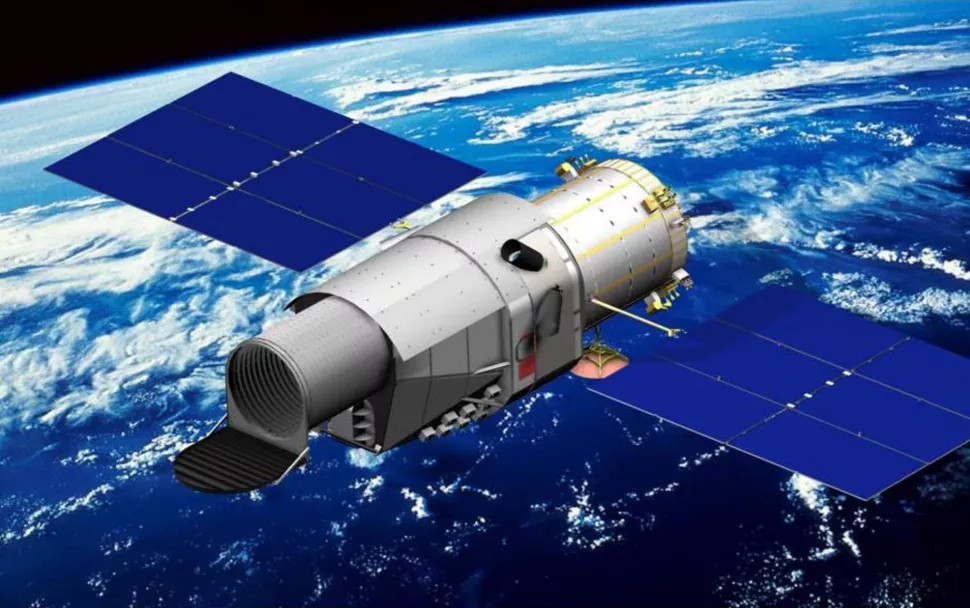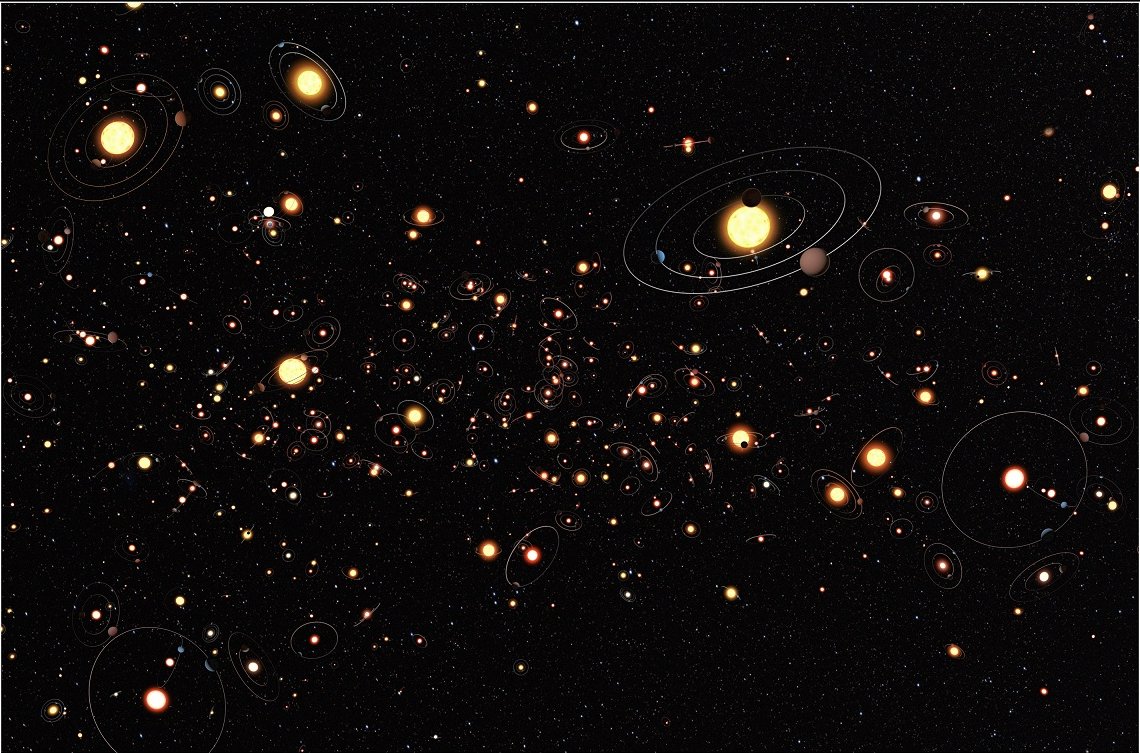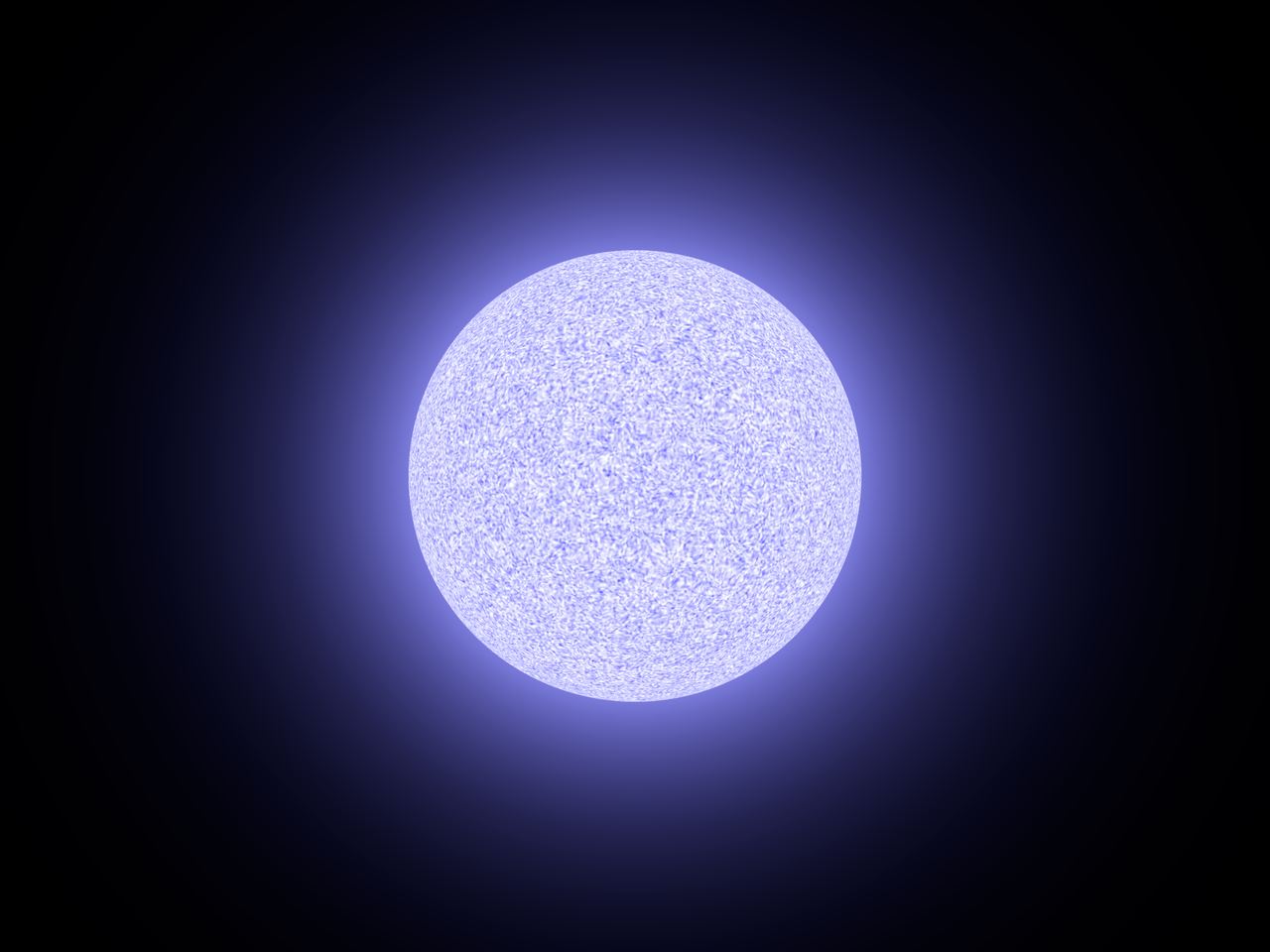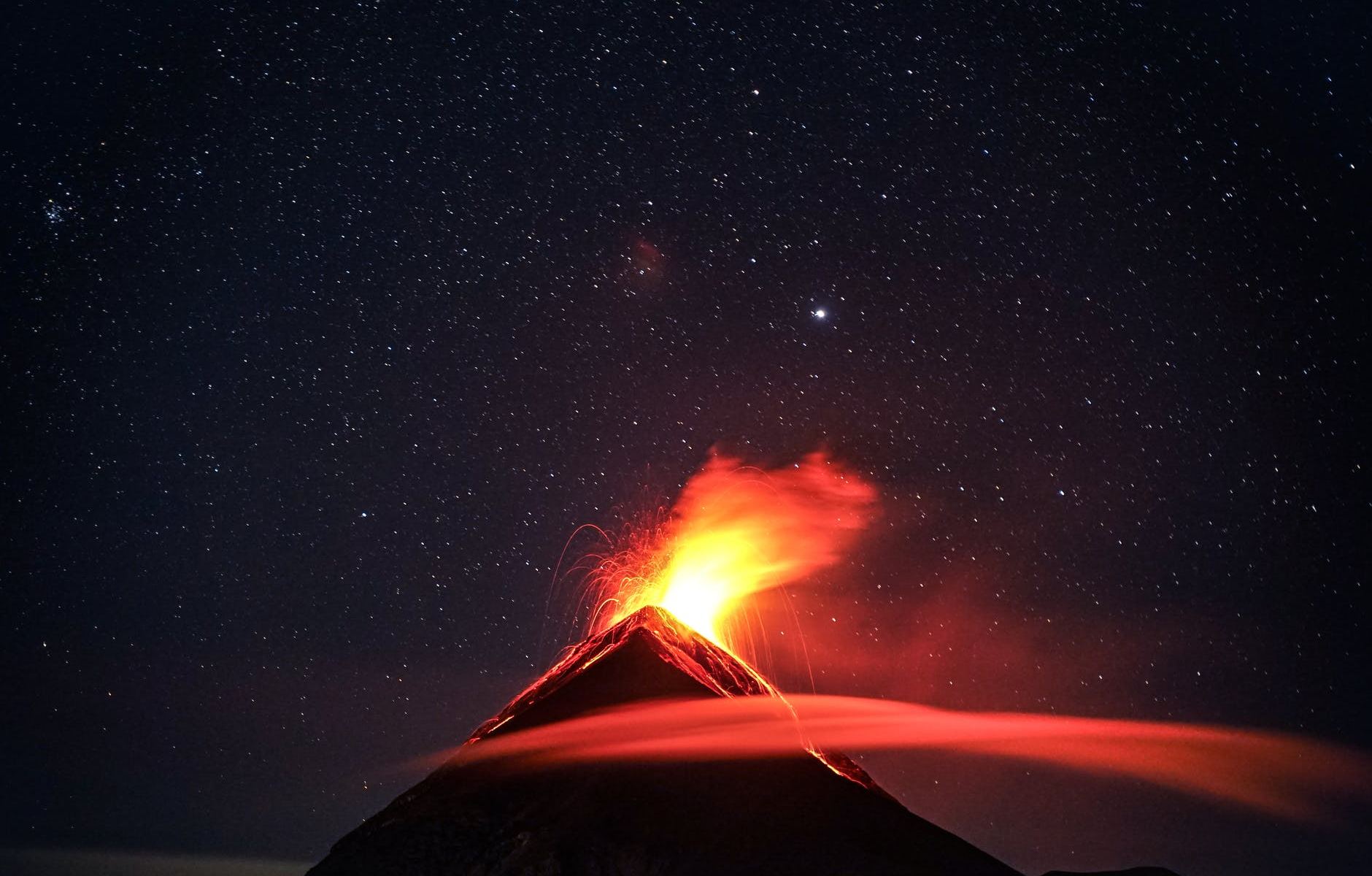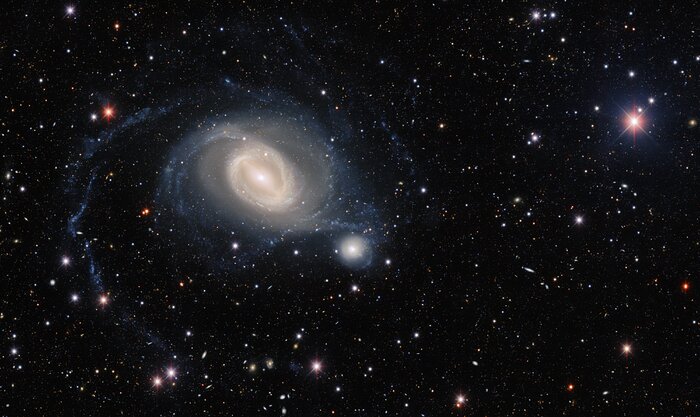On July 7, 2020, the X-ray instrument eROSITA captured an astronomical event that – until then – had only been theorized and never seen. It saw the detonation of a nova on a white dwarf star, which produced a so-called fireball explosion of X-rays.
“It was to some extent a fortunate coincidence, really,” said Ole König from Friedrich-Alexander-Universität Erlangen-Nürnberg (FAU), who led the team of scientists who have published a new paper on the discovery. “These X-ray flashes last only a few hours and are almost impossible to predict, but the observational instrument must be pointed directly at the explosion at exactly the right time.”
Continue reading “Astronomers Finally Catch a Nova Detonating on a White Dwarf as it's Happening”
